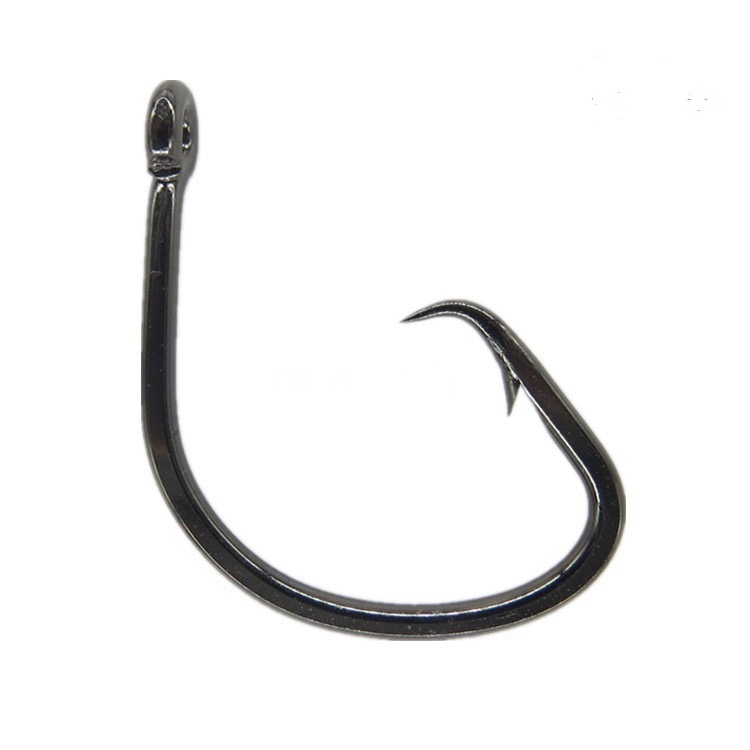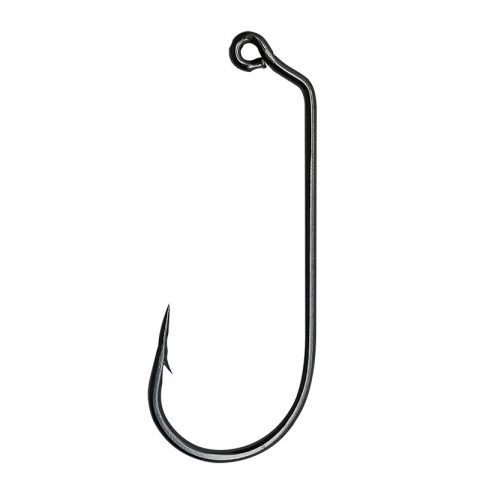Florida’s lakes are renowned for producing trophy largemouth bass, attracting anglers from around the world. However, landing these giants requires more than just luck—it demands the right gear, particularly when it comes to selecting the best fishing hooks. Proper hook choice ensures effective hooksets, reduces fish mortality, and complies with local regulations, all while maximizing your chances of a recordbreaking catch. Below, we explore the optimal hooks and strategies for targeting trophy bass in Florida’s waters.
Understanding Florida’s Trophy Bass Regulations
Before diving into hook selection, it’s critical to recognize Florida’s unique fishing regulations designed to protect trophy bass populations. The Florida Fish and Wildlife Conservation Commission (FWC) enforces rules in specific waterbodies like Fellsmere Reservoir, Lake Victor, and Suwannee Lake to promote sustainable trophy bass management. Key regulations include:
Mandatory circle hooks when using natural bait larger than 3 inches in length.
Catchandrelease requirements for bass exceeding certain sizes (e.g., 16 inches or 20 inches, depending on the lake).
These rules aim to minimize guthooking and ensure the survival of released fish, making hook selection a legal and ethical priority.
Top Hook Types for Trophy Bass
Selecting the right fishing hooks depends on your bait, presentation style, and the lake’s structure. Here are the most effective options for Florida’s trophy bass:
1. Circle Hooks
Circle hooks are a staple in Florida due to their conservation benefits and regulatory requirements. Their unique design curves inward, reducing deep hooking and increasing liphooking success. This makes them ideal for live bait fishing with shiners or shad, especially in lakes like Headwaters and Lake Okeechobee, where trophy bass often target large forage.
Best for: Live bait rigs, freelining, or bobber setups.
Recommended size: 4/0 to 6/0, matching the bait’s size (e.g., 5/0 for 8–10inch shiners).

2. ExtraWide Gap (EWG) Hooks
EWG hooks excel with bulky soft plastics like creature baits, craws, and swimbaits. Their wide gap allows the bait to collapse during a hookset, improving penetration in a bass’s bony mouth. These hooks are perfect for Texasrigged presentations in heavy cover, such as submerged vegetation or brush piles.
Best for: Weedless rigging with soft plastics.
Recommended size: 3/0 to 5/0, depending on bait thickness.

3. Offset worm hooks
A classic choice for Texasrigged worms and finesse presentations, offset worm hooks provide a streamlined profile that slips through cover effortlessly. Their angled eye keeps the hook point tucked into the bait, reducing snags while maintaining a natural action.
Best for: Flipping, pitching, or slowfalling presentations.
Recommended size: 2/0 to 4/0 for 6–10inch worms.

4. Drop Shot Hooks
For finesse techniques in clear water or pressured fisheries, drop shot hooks paired with light line (10–15 lb test) offer a subtle presentation. Their small profile and swivel design minimize line twist, making them ideal for vertical fishing near deep structure.
Best for: Suspended bass in open water or along grass lines.
Recommended size: #1 to 2/0.
Matching Hook Size to Bait and Conditions
Hook size directly impacts your success rate. Larger hooks handle bigger baits and provide better leverage for hooksets, while smaller hooks suit finesse applications. Consider these guidelines:
Live bait: Use 4/0–6/0 circle hooks for 6–12inch shiners or shad. Smaller baits (3–5 inches) pair well with 2/0–3/0 hooks.
Soft plastics: Match the hook gap to the bait’s width. For example, a 4/0 EWG hook complements a 5inch creature bait, while a 2/0 offset hook works for 4inch worms.
Heavy cover: Opt for thicker wire hooks (e.g., flipping hooks) to prevent bending during fights in dense vegetation.
Critical Tips for Hook Selection and Use
Comply with local regulations: Always check FWC rules for circle hook requirements and size limits in your target lake.
Prioritize sharpness: Trophy bass have tough jaws. Regularly test hook points and replace dull hooks.
Adjust for water clarity: In stained water, use slightly larger hooks to increase visibility; downsize in clear water for a stealthy approach.
Pair hooks with gear: Heavyaction rods and braided line (30–65 lb test) demand thicker hooks to withstand power hooksets.
Techniques to Maximize Hookup Ratios
1. Live Bait Rigging: Hook shiners through the lips or dorsal fin to keep them swimming naturally. A slip bobber helps suspend bait at optimal depths.
2. Texas Rigging: Skinhook soft plastics to avoid snags while maintaining a weedless profile. A steady, upward hookset drives the point home.
3. Circle Hook Technique: Avoid jerking the rod—let the bass swim away, then apply steady pressure to allow the hook to rotate into the corner of the mouth.
Conclusion
Florida’s trophy largemouth bass fisheries offer unparalleled opportunities, but success hinges on using the right fishing hooks. Circle hooks protect fish populations while EWG and offset hooks dominate artificial bait presentations. By aligning hook size, style, and technique with local conditions and regulations, anglers can consistently land giants while contributing to conservation efforts. Whether you’re flipping mats in Lake Okeechobee or freelining shiners in Headwaters Lake, the perfect hook is your key to unlocking Florida’s bass fishing legacy.
For more details on Florida’s trophy bass management programs, visit the FWC’s official resources or consult local fishing guides to stay updated on regulation changes and lakespecific strategies.